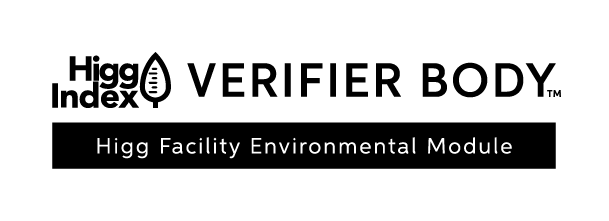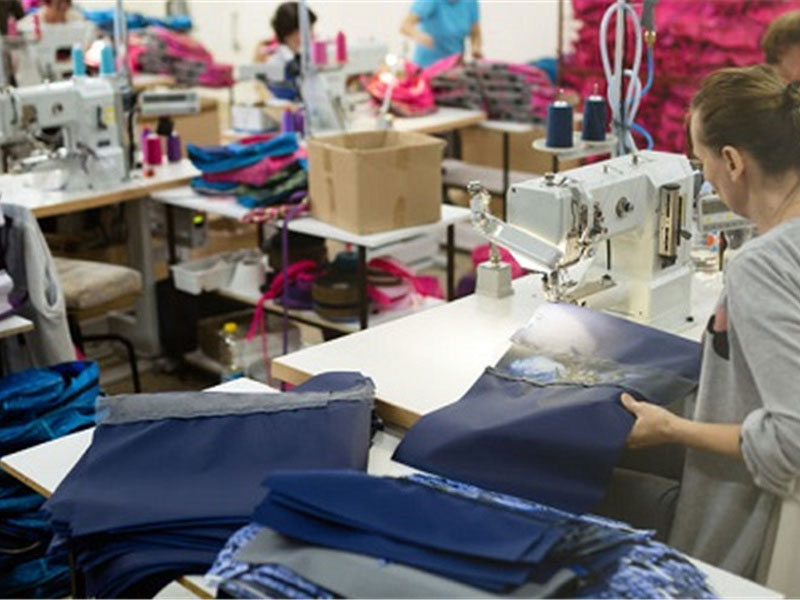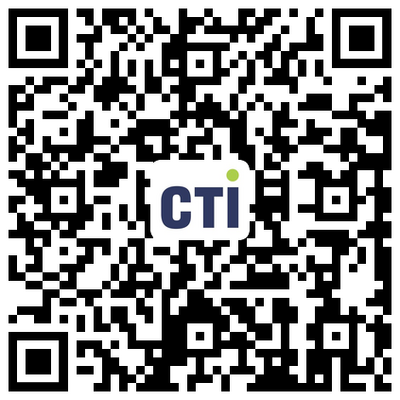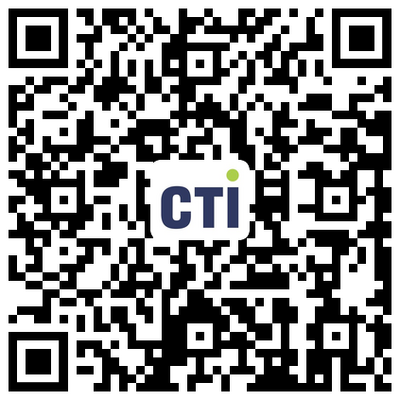- Home
- About CTI
- Our Services
- Investor Relations
- CTI Mall
- Resource Center
- Reports Validation
- Join Us
-
 Overview
Overview
Centre Testing International Group Co., Ltd. (CTI) is a market leader in testing, inspection, certification, calibration, audit, training & technical services; building trust between governments, enterprises, and consumers.
-
 Sustainability
SustainabilitySustainability is deeply rooted in CTI’s business model, by delivering science-based solutions and verification services, to increase transparency and traceability throughout the global value chain. CTI is a proponent of carbon neutrality and sustainable development.
-
 Our service
Our serviceCentre Testing International Co., Ltd. (CTI) is the pioneer and leader in the TIC Industry which provides one-stop solutions on testing, inspection, certification, calibration, audit, training & technical services.
-
By Industry
Our service capabilties cover the upstream and downstream of the supply chain including textile and apparel,toys,electronic appliances,medical health,food...andother industries.
-
 Environment
Environment
-
 Raw Material & Fuel Chemicals
Raw Material & Fuel Chemicals
-
 Textiles, Apparel, Footwear & Accessories
Textiles, Apparel, Footwear & Accessories
-
 Food & Agricultural Products
Food & Agricultural Products
-
 Cosmetics, Personal Care & Household Chemicals
Cosmetics, Personal Care & Household Chemicals
-
 Building Materials&Construction Engineering
Building Materials&Construction Engineering
-
 Electronic & Electrical Appliances
Electronic & Electrical Appliances
-
 Toys, Furniture & Home Decoration
Toys, Furniture & Home Decoration
-
 Industrial Equipment & Manufacturing
Industrial Equipment & Manufacturing
-
 Rail & Aviation
Rail & Aviation
-
 Automotive & Spare Parts
Automotive & Spare Parts
-
 Pharma and Medical Services
Pharma and Medical Services
-
 Maritime Vessel Compliance Testing
Maritime Vessel Compliance Testing
 By Industry
By IndustryOur service capabilties cover the upstream and downstream of the supply chain including textile and apparel,toys,electronic appliances,medical health,food...andother industries.
-
-
 Specialty
SpecialtyComprehensively guarantee quality and safety, promote compliance and innovation, demonstrate brand competitiveness, and achieve higher quality, healthier, safer, and greener sustainable development.
-
 Management
ManagementWe have established a clear governance structure in accordance with listing requirements and national regulations and policies to deal with internal and external challenges and achieve sustainable development.
-
 Information DisclosureWe are committed to establishing normal and effective two-way communication with shareholders and investors. We have established a complete information disclosure mechanism to convey information to shareholders in a timely manner.
Information DisclosureWe are committed to establishing normal and effective two-way communication with shareholders and investors. We have established a complete information disclosure mechanism to convey information to shareholders in a timely manner.
-
 Talents Policy
Talents PolicyEnsuring the basic rights and benefits of employees;
Providing professional skills training to promote employees’ growth;
Carrying out various kinds of activities to balance employees’ work and life.
-
 RecruitmentWelcome to join CTI family! We are providing a platform for you to show your talents and achieve your career aspiration.
RecruitmentWelcome to join CTI family! We are providing a platform for you to show your talents and achieve your career aspiration.
- Resource Center
- Application Forms
- Bulletin
- Training Center
- CTI Academy
- Reports Validation

QUALITY & VALUE
Higg FEM is a tool developed by the SAC (Sustainable Apparel Coalition) to assess the environmental performance of factories. The vision of the SAC is to create a world where the apparel, footwear, and textile industries do not cause unnecessary environmental pollution and have a positive impact on the people and communities associated with their activities.
- Consulting quotation
- Online shopping mall

Service Background
Sustainable Apparel Coalition(SAC)
SAC is the most important alliance for sustainable production in the apparel, footwear, and textile industries. In 2009, Walmart, the largest US retailer, and Patagonia met to discuss gathering input from the apparel, footwear, and textile industries to jointly develop a common approach to measuring sustainability performance. Today, the coalition has over 200 members, including brands (such as Walmart and Disney), retailers, and governments.
Higg Index
Higg Index, developed by the Sustainable Apparel Coalition, is a suite of tools that enables brands, retailers, and facilities of all sizes—at every stage of their sustainability journey—to accurately measure and evaluate the sustainability performance of their companies or products. Higg Index provides a comprehensive overview, empowering businesses to make meaningful improvements to protect the well-being of factory workers, local communities, and the environment.
FEM(Facility Environment Module)
The abbreviation for the Facility Environmental Module is Higg FEM. It is a tool developed by the Sustainable Apparel Coalition (SAC) to assess the environmental performance of factories. The vision of SAC is to create a world where the apparel, footwear, and textile industries do not cause unnecessary environmental pollution and have a positive impact on the people and communities associated with their activities.

Higg FEM Certification
CTI Certification has the relevant qualifications to provide Higg FEM validation services for enterprises in the apparel, footwear, and textile industries, assessing the environmental performance of factories and reducing unnecessary environmental pollution in the production process.
Higg FEM Certification Content
Higg FEM includes the following seven modules:
|
─ 1:Chemical Management |
─ 5:Air Emissions |
|
─ 2:Energy and Greenhouse Gases |
─ 6:Waste |
|
─ 3:Water Consumption |
─ 7:Waste Water |
|
─ 4:Environmental Management System |
|
The Significance and Benefits of Higg FEM
1.The tool measures and quantifies the sustainability impacts of facilities
The Higg FEM also reduces redundancy, identifies inefficiencies to mitigate risks, and creates a common language for communicating sustainability to stakeholders.
2.The Higg FEM standardizes how facilities measure and assess their annual environmental performance
The tool provides a clear picture of the environmental impact of manufacturers and their facilities on the environment and the world at large. The Higg FEM helps manufacturers, brands, and retailers identify and prioritize opportunities for performance improvement.
3.Reduces or Eliminates “Audit Fatigue
Higg FEM is global environmental validation program. All validation records are stored on the Higg platform, allowing factories to directly share verified FEM results with stakeholders. This reduces or eliminates "audit fatigue."
4.Factory Environmental Performance Improvement
Tracking factory environmental performance helps factories achieve year-on-year improvements.
HIgg FEM Certification Process

Facilities preparing to begin the Higg FEM verification should follow these steps:
1.Higg FEM Self-Assessment
Facilities must first directly confirm the timing and terms of the Certification with the verification body and register an account on the Higg platform. Facilities must first fully complete the Higg FEM Self-Assessment before they can proceed with the verification.
2.Select Certification Institution
After completing the self-assessment and confirming the verification, select a certification institution (third-party organization). Once the FEM self-assessment is completed and purchased, you will see a "Select Certification Institution" button on the FEM homepage or within the FEM self-assessment. Click on "Select Verification Body," and a list of all registered Higg FEM certification organizations will appear. Click "Confirm" next to the certification organization that has confirmed the certification. You can also view the relevant certification institution contacts to ensure you have selected the certification institution.
3.Publish The FEM Self-Assessment
You must publish the FEM Self-Assessment in order to submit it for verification. The completion rate of the self-assessment must reach 100%.
4.Submit The Module For Certification
After selecting a Certification Institution, you will see the "Submit for Certification" option under "Assessment Progress." When you are ready to initiate the certification, click this button. Once submitted for certification, the system will notify the certification institution that they can assign a inspector and begin the certification process.
5.The Inspector Conducts The On-Site Inspection
The certification organization assigns a inspector to conduct the on-site certification and submits the certification report within the specified time frame.
6. Result Publication
After completing the certification assessment, you can open the module and publish the verified assessment to share it with your customers. You can publish it within the certification module or on the FEM homepage. Publishing the module will lock all the verified results and allow customers to view the published module.
HIGG FEM Scoring
The scoring system behind the Higg FEM is designed to drive behavioral change within the supply chain. FEM is based on a robust three-tier structure of good/better/best in terms of a facility’s environmental impact. The Higg FEM provides a total score of 100 points across the seven measured impact areas. Each impact area also receives a partial score, which is 14.3%. However, there are no pass/fail grades, no certificates, and no “good” or “bad” scores.
- About CTI
- Our Services
- Investor Relations
- CTI Mall
-
Resource Center
- Application Forms
- Bulletin
- Training Center
- CTI Academy
- Reports Validation
-
Join Us
- Talents Policy
- Recruitment


























 粤公网安备 44030602000441号
粤公网安备 44030602000441号 